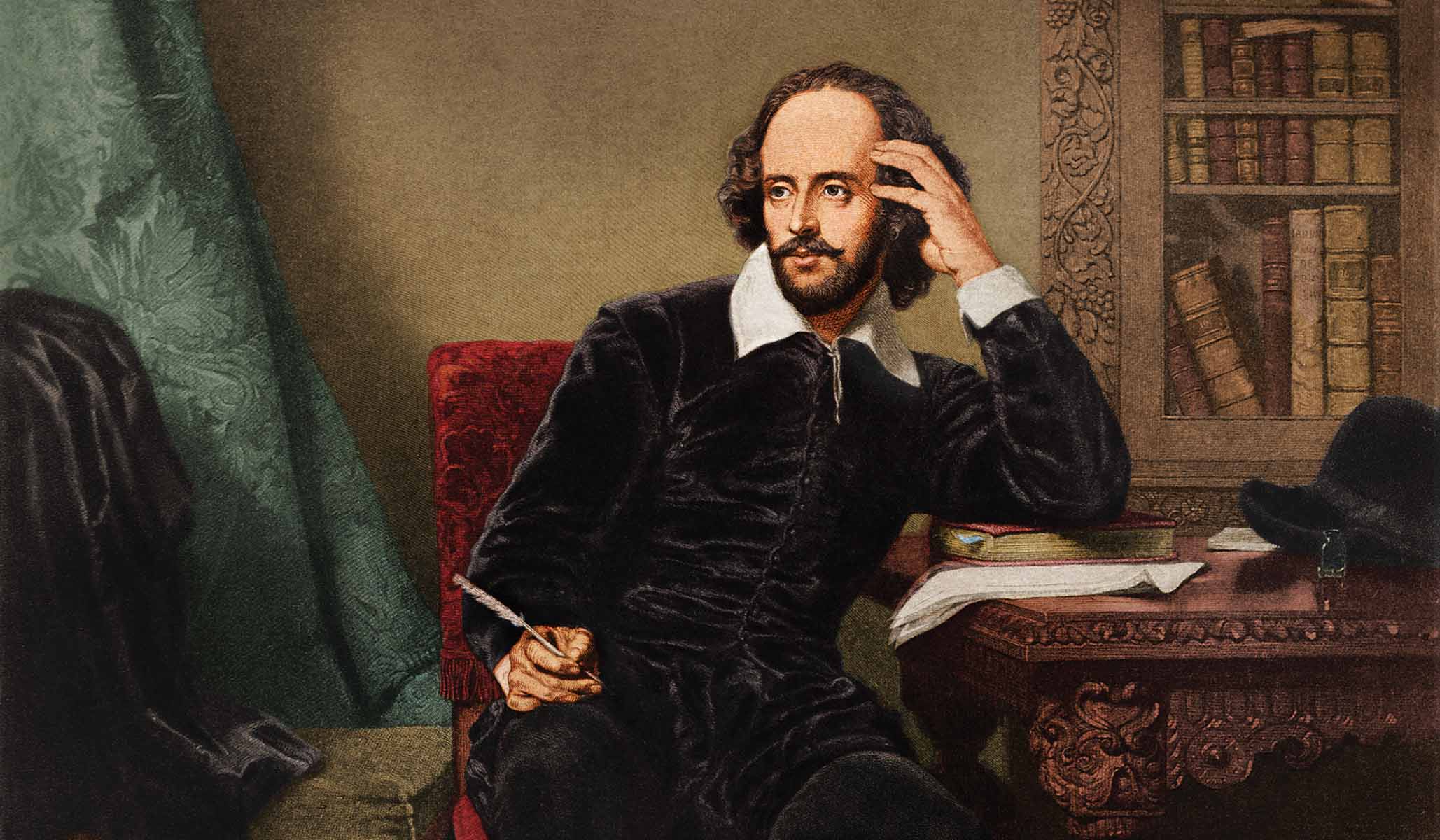


“In 1623, two of Shakespeare’s former theatrical colleagues, John Heminges and Henry Condell, produced what is surely the greatest compilation in human history.”
As Daniel Hannan writes in “How Shakespeare Changed Everything,” the new cover story of National Review, Heminges and Condell “gathered together all the material they had — copies of plays held by their troupe, prompt books, notes by Shakespeare himself, and, one assumes, their own recollections — and molded them into a complete record of his dramatic works.”
That we can know so much about William Shakespeare as a writer is “largely because of a heroic act of posthumous printing that happened precisely 400 years ago.”
They called their collection “Mr. William Shakespeare’s Comedies, Histories, and Tragedies”; but the world knows it as the “First Folio.” It contained 36 of his 39 plays. Half of them had already been produced in quarto form—that is, printed on large pieces of paper that had been folded and refolded into eight-page booklets, though often with corrupted text. But no fewer than 18 were, as far as we can tell, published for the first time: All’s Well That Ends Well, Antony and Cleopatra, As You Like It, The Comedy of Errors, Coriolanus, Cymbeline, Henry VI (Part I), Henry VIII, Julius Caesar, King John, Macbeth, Measure for Measure, The Taming of the Shrew, The Tempest, Timon of Athens, Twelfth Night, The Two Gentlemen of Verona, and The Winter’s Tale.
Without Heminges and Condell, we would almost certainly not know those plays. The scheming Lady Macbeth, the moony Orsino, the gullible Brutus—all would be strangers to us. Cleopatra, the original celeb, forerunner to every Paris Hilton and Kim Kardashian for whom fame is accomplishment enough, would exist only as a historical figure.
The First Folio, published 400 years ago — out of some 750 originally printed copies, only 235 are extant — changed the world, instantly becoming a towering monument to our language and to our civilization. Do you think I exaggerate? Do you think Shakespeare should be left to dusty old books or bad memories of a damp eighth-grade English classroom?
The Folios in fact “look cheap and are poorly printed, and, remarkably, no two are the same. They contain typesetting errors and dodgy spelling, and sometimes contradict one another in ways that materially alter the meaning of the drama.”
“Yet none of that matters,” Hannan writes in what I consider one of the best essays published in National Review magazine. “For here, with all its imperfections, is the finest collection of words in this or any other language.”
Of course, the last four centuries have seen people of all stripes take that “finest collection of words” and read it in a million different ways. To some, Shakespeare must have been an earl or a philosopher, such as Francis Bacon, hiding behind a pen name. Or he must have been a sailor or a courtier or a Sicilian. Maya Angelou thought he must have been a little black girl. The late literary critic Harold Bloom thought that Will Shakespeare invented us — the way we understand ourselves as humans. Chesterton thought he must have been a Catholic.
“How does it work, this sorcery? Part of the answer,” Hannan writes, is that “he is endlessly dappled, infinitely nuanced, arguing both sides of a case better than their actual partisans.”
Part of it is that “Shakespeare’s characters are so complete that they can seem more vivid than flesh-and-blood people.”
This is perhaps most easily demonstrated when they represent historical figures. The actual Prince Hal, the future Henry V, was rather a pious young man who fought bravely in his father’s Welsh wars. But is there anyone who thinks of that version rather than the scapegrace princeling who teases Falstaff in the Boar’s Head? Which Prince Hal, to all intents and purposes, is the real one?
The arguments will go on and on. As they should. Indeed, “the most anyone can hope for,” as T. S. Eliot put it, “is to be wrong about Shakespeare in a new way.” Read Hannan’s essay here.
Of course each new issue of National Review magazine contains a treasure trove of articles ranging across the topics of the day.
The May 1, 2023, issue is no exception. Here’s a sample:
You’ll find all this and much more — book and film reviews, political commentary, satire, poetry — in each and every issue of National Review magazine. If you’re already a subscriber, thank you. If you’re still thinking about joining up, today you can get a print-magazine-only subscription for just $59.
Or you can subscribe to the print-and-digital NRPLUS bundle for just $75.
If “all the world’s a stage,” you can always find the best seat in the house by reading National Review.
